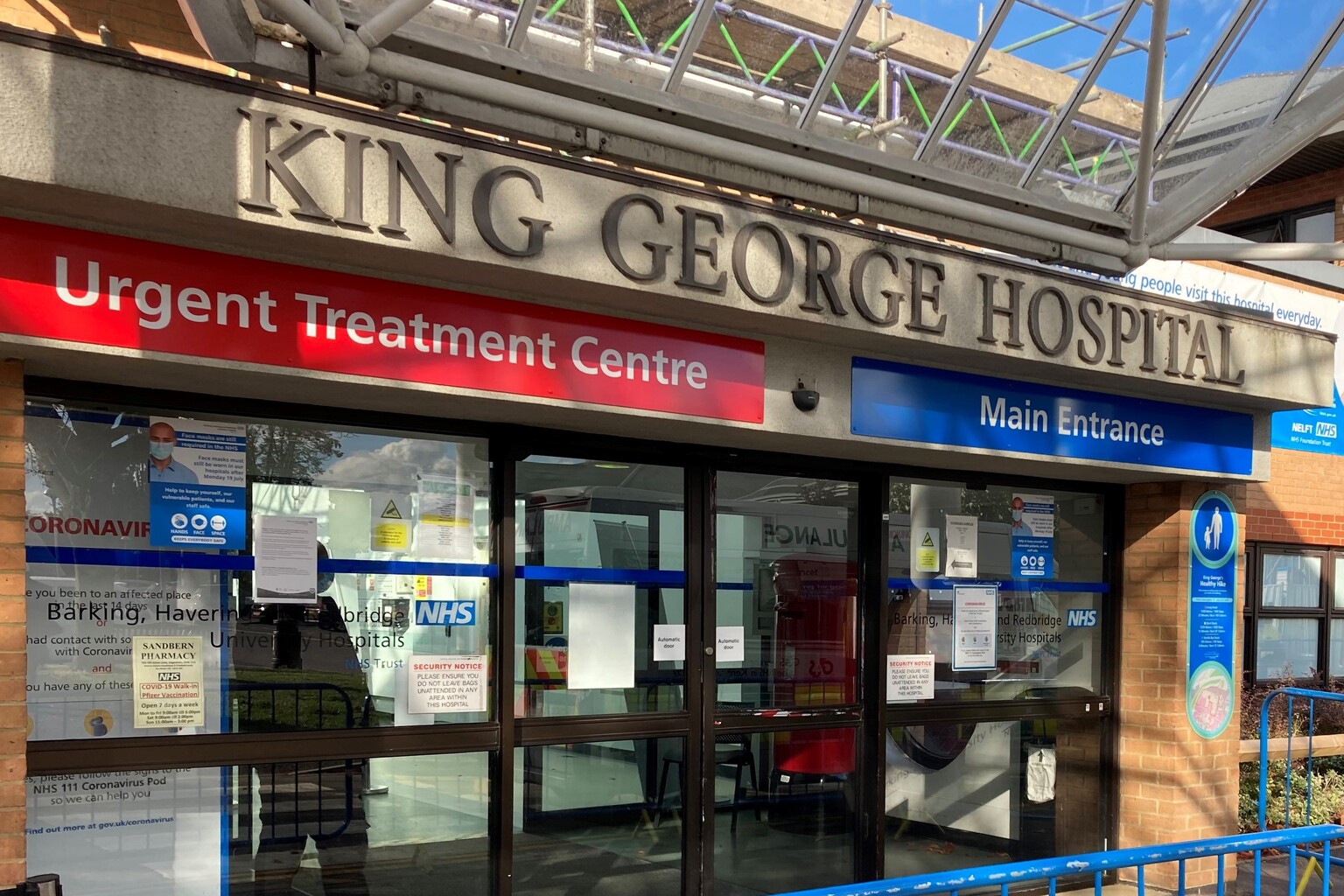"What is physiatry?"
"Did you go to medical school for that?"
"I think physical medicine and rehabilitation doctors are just like physical therapists."
"Consult PMNR."
I've heard countless questions and misconceptions during my medical career as a physiatrist. Despite being a focused specialty of physicians since the early 1900s, as the American Academy of Physical Medicine and Rehabilitation notes, physiatry is still one of the lesser-known fields in medicine, even among other physicians.
What is physical medicine and rehabilitation?
Also known as PM&R or physiatry, physical medicine and rehabilitation is a medical specialty focused on removing patients' barriers to progressing toward independence in functionality. In the field of physiatry, medical doctors work closely with therapists — typically those working in the areas of physical therapy, occupational therapy and/or speech therapy — to help improve the functional levels of patients before they leave an inpatient hospital setting.
Patients of rehab physicians within the inpatient world are those who have at least two therapy requirements and still need help from a physician when they're managing their acute medical needs. What exactly this "medical need" is depends on the conditions of each patient. For example, a patient suffering from a brain injury may need medication management for new onset agitation and irritability, while a patient hospitalized for a spinal cord injury may be suffering from autonomic instability that impairs their ability to participate in therapy exercises. Other common rehabilitation patients include those who have suffered from strokes or experienced car accidents that resulted in multiple orthopedic fractures, new amputees or those with acute neurological diseases like multiple sclerosis or Guillain–Barré syndrome.
When they work in the outpatient world, rehab physicians also specialize in helping patients (and their families) maintain and improve their functioning. This often means continuation of care for patients who were once hospitalized within a PM&R ward, but it also includes management of patients who have only been seen in an outpatient setting. For instance, many PM&R physicians specialize in interventional pain management or wound care, though neither typically requires that patients be hospitalized before being treated.
Who should consider rehab medicine?
Physiatry is a fascinating field particularly because of the wide variety of patients you encounter in it. In addition to patients with spinal cord injuries, strokes, brain injuries and neurological conditions, you would encounter also those recovering after numerous other complicated medical processes, such as chemotherapy, transplants or coronary artery bypass surgery. If you love to work with a range of patients who have diverse medical needs, PM&R might be a good fit for you.
It's also a great field for anyone with an interest in a "hands-on" approach to medicine. While limited within the inpatient setting, the opportunity to perform "procedures" is often part of a PM&R outpatient practice. Procedures in PM&R include pain-relieving modalities such as joint injections for osteoarthritis, Botox for spasticity or various interventional spinal pain procedures.
Finally, rehab medicine is an unusually interdisciplinary field that involves working closely with therapy staff as well as the medical teams from a patient's acute hospitalization. A rehab physician needs to be an excellent communicator and team player in order to maintain positive relationships with physicians from multiple specialties such as neurosurgery, trauma surgery, neurology and vascular surgery. This is crucial to the seamless continuation of the medical care initiated by those other physicians in the acute hospital setting.
How can you pursue PM&R?
If you're interested in PM&R as a medical student, the best way to pursue this interest is to immerse yourself within the field. Unlike most other specialties in medicine, rehab is typically not a required rotation for medical students, so it's easy to graduate with limited knowledge of it. If your medical school isn't associated with a rehab program, apply for away rotations that will give you exposure to the field. You should ideally complete these rotations by the earliest part of your MS4 year, since you'll want to obtain a few letters of recommendation for your residency application.
Seeking out research opportunities in the specialty will help you make more professional connections. No need to worry about being stuck on a laboratory workbench, though — PM&R research even includes modalities like virtual reality, as a paper published in Innovations in Clinical Neuroscience notes.
I decided on PM&R near the end of my third year of medical school. While I had enjoyed my other medical rotations up to that point, none of them made me particularly excited about the idea of practicing that single focus for the rest of my working life. I chose to use my MS3 elective rotation to explore rehab medicine, and during those two short weeks, I realized I had found the area of medicine that would be most fulfilling to me. Working with patients and their families not only to address their immediate hospitalization needs but also to aid them in working toward their functional goals brought me a satisfaction that I had found nowhere else in my medical training.


